December is a season of celebration throughout Latin America – and it’s not just about the holidays. In fact, once Christmas is over, the revelry has only just begun, with the days between Christmas and New Year marking a time of cultural festivities throughout the continent.
Among these events, one of the biggest and most-anticipated is the Feria de Cali, or Cali Fair, held in the city of Cali in western Colombia. It’s one of the country’s top cultural festivals, celebrating the end of the year in a vibrant showcase of the local Afro-Colombian culture and music – and the verve of the Caleño people. Held annually between 25-30 December since 1957, the Cali Fair encompasses concerts, salsa marathons, parades, fireworks and dance parties, along with a craft fair, photography contest and pet festival, among many other events. The best part: Of the 58 events that will be put on this year, 57 are free to attend.
A Symbol Of Strength
Rather ironically, this celebration of life and culture was borne out of tragedy: in August of 1956, several army trucks loaded with dynamite exploded by accident, killing more than a thousand people and wounding thousands of others. 41 city blocks were destroyed, and the region plunged into a time of mourning and economic recession. In order to lift the people’s spirits and boost the local economy, the city decided to host a fair that would unite the community around art and culture.
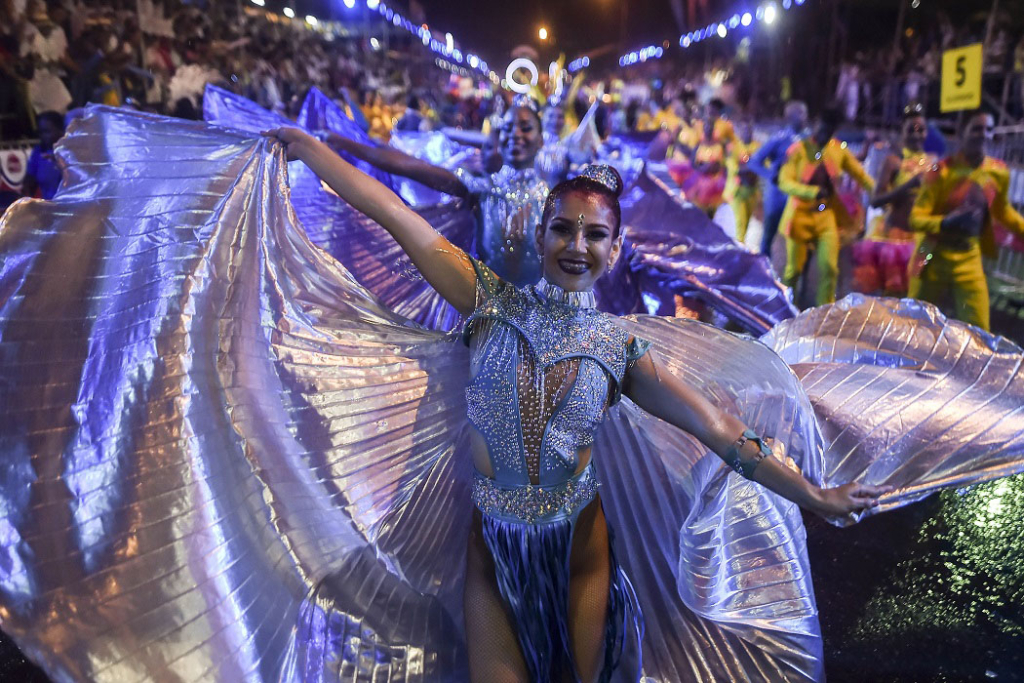
In the decades since, the Cali Fair has become a symbol of the strength and life-affirming resilience of the Vallecaucanos (the people of the Cauca Valley, where Cali is located), and remains a source of pride for the Caleño people – as well as one of the most-anticipated annual events in Colombia.
“The Cali Fair is rooted in the heart of the Caleños, representing their joyful nature,” says Luz Adriana Latorre, director of Corfecali which organises the fair. “It’s the most important and popular festival in the region, not only serving to preserve the traditions of Cali in a festive environment, but also acting as an important economic engine for the region by creating 14,200 jobs and contributing COP 411 billion to the local economy every year.”
What To Expect In 2019
The 62nd annual Cali Fair is expected to draw more than 2 million visitors from home and abroad, offering not only a festive, party atmosphere, but also hosting activities in support of the arts, sports and entrepreneurship. Key events include:
The Salsódromo (Salsa Parade)
On the night of 25 December, the city streets are flooded with music and dancing to herald the start of the fair. The opening act is a colourful, lively parade, where the best salsa dancers from all over Colombia show off their skills in the art of dance. More than just a parade, it’s a tribute to the people of Cali – as well as an elaborately staged event involving everyone from costume designers to stylists, choreographers and other artists, all of whom embody the ‘Caleño Style’ of salsa known around the world for its fast, fancy footwork and acrobatic lifts.
Carnival of Cali Viejo
This special parade on 28 December was designed to honour the people and legends in the history of Cali, as well as to highlight the cultural diversity of the city and strengthen the sense of belonging of its citizens. Under the theme ‘Kaleidoscope’, this year’s event will see 30 different groups participating – one of the biggest of the fair.
Encuentro de Melómanos y Coleccionistas
The ‘meeting of music lovers and collectors’ takes place each day and is one of the most traditional events of the Cali Fair, bringing together musicians, historians, producers, singers and, of course, collectors to talk and enjoy live music. This year, be sure to check out the tribute to Benny Moré on the 100th anniversary of his birth, as well as the meeting of ‘melomanitos’, a space for parents and children to share their love for salsa, and thus pass this cultural legacy on to the next generation.
Desfile de Autos Clásicos y Antiguos
Held on 27 December, the parade of antique and classic cars is a traditional event that remains close to the hearts of Caleños. Hundreds of vehicles registered between 1920 and 1970 arrive in Cali from all corners of Colombia (and some from neighbouring countries), to form an impressive parade. What’s more, the event raises funds for non-profit organisations that help the elderly.
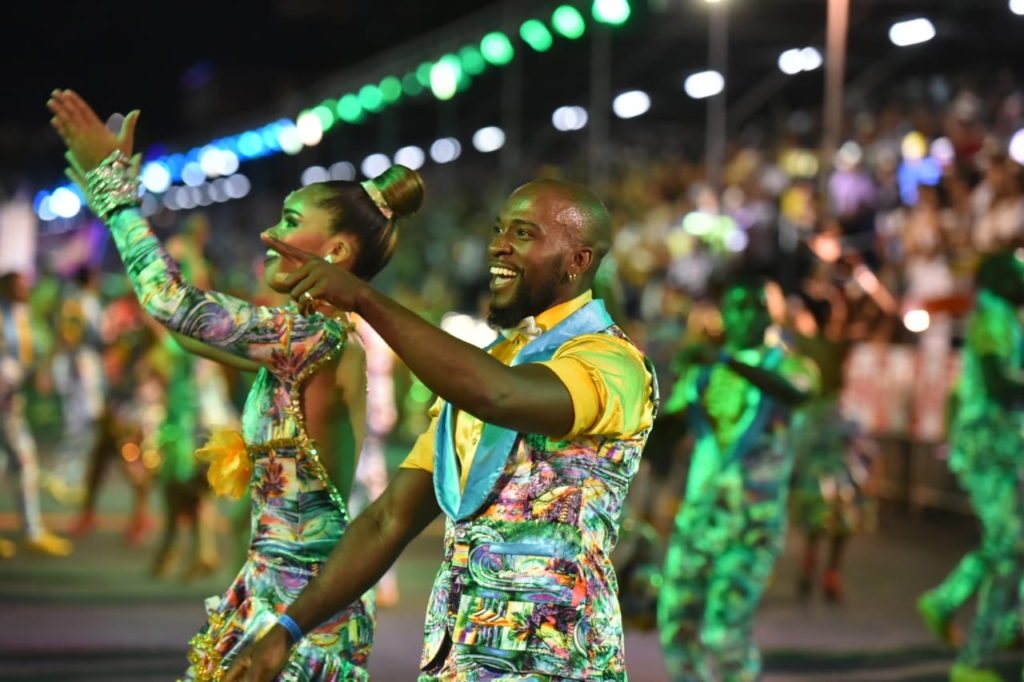
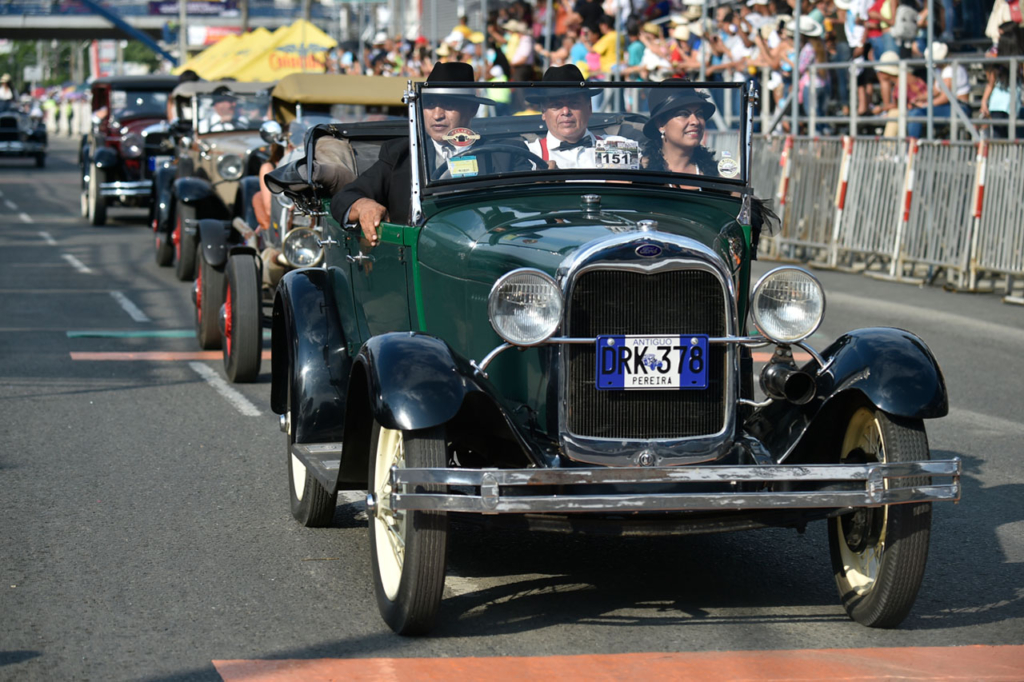
Súper Concierto
Experience the best of salsa and other beloved genres at the ‘Super Concert’, taking place on 27 December at the Pascual Guerrero Olympic Stadium. What makes it ‘super’, you ask? The show features some of the greatest living legends in Latin American music, with this year’s headliners including the likes of Romeo Santos, El Gran Combo de Puerto Rico, Grupo Niche and Silvestre Dangond, among others.
Festival de Mascotas
For the second year in a row, the fair will offer a space for pets – and their people – to share a fun afternoon of contests, expert talks and exhibitions of agility and obedience, as well as vaccination campaigns and adoption services. The event will take place on 28 December at Parque La Flora.
Feria Artesanal y de Emprendimiento
In addition to the Cali Fair’s many shows and activities, visitors will find a showcase of artisans and entrepreneurs, highlighting local creatives and their work. It’s a great chance to support small businesses in the region – as well as find fun souvenirs to take home.
Feria Rural y Comunera
A truly inclusive event, the fair isn’t limited to the city of Cali; under the banner of the ‘Rural and Community Fair’, events take place in the greater urban area and surrounding rural regions as well. Expect plenty of recreational and cultural events, like local orchestral concerts and craft fairs, across 22 communes of the urban area and in 15 districts of the rural area. New for this year is the ‘Parade of La Caleñidad’, which will showcase the region’s artistic wealth through theatre and dance performances in each local community.
Tour The City’s Discovery Routes
If you’re coming to the fair from abroad, you’ll also want to discover Cali itself while you’re here. Luckily, the local tourism board has made it easier than ever to unlock the city’s secrets. “The fair promotes Cali as a ‘destination city’ and strengthens its image as the Salsa World Capital,” says Latorre. “For this reason, the Ministry of Tourism of Cali has designed four thematic tourist routes, so that both tourists and locals can experience the best of the city.”
Each ‘route’ is a guided tour that takes place daily, stopping at various places of interest according to the theme of the tour: the ‘historical, cultural and religious route’ will take you to Cali’s iconic historical sites as you learn about the city’s myths and legends; the ‘route of salsa and flavour’ starts with a beginner’s lesson in the art of salsa dancing, and reveals the city’s important places in the history of the dance; the ‘urban nature route’ gives you the opportunity to see Cali’s most beautiful natural oases and visit the famous El Gato del Río sculpture; and finally, on the ‘Mío Cable route’, you’ll explore the city via the public transport system while observing the works of important contemporary artists.
According to Latorre, these discovery tours are a way for visitors to delve deeper into the city’s history and culture, as they take in the delights of the festival: “We invite visitors to tour our city and enjoy all the activities that the 62nd Cali Fair brings, full of the joy and strength that characterises the Caleños themselves.”
Visit the official website (in Spanish)

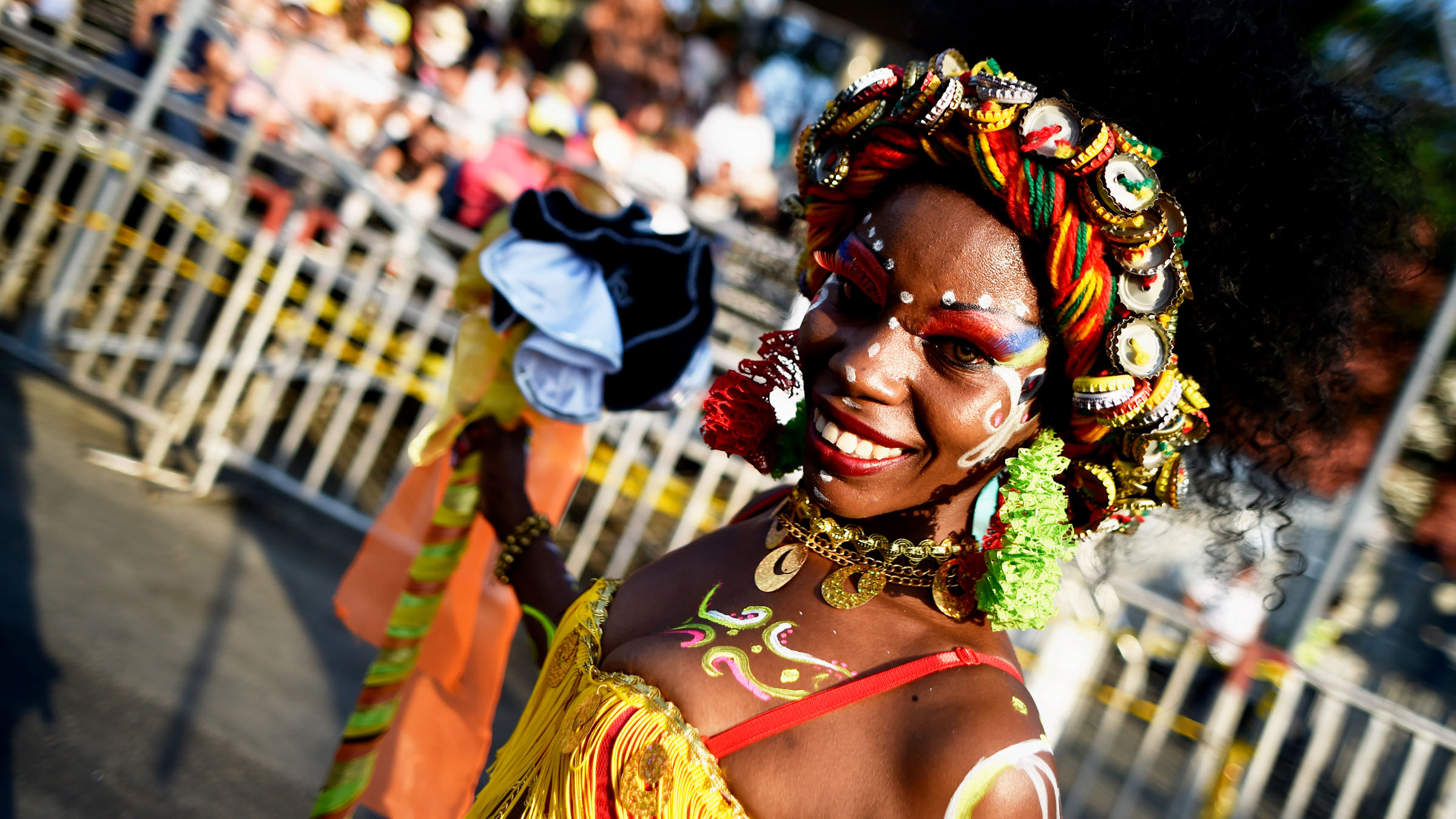
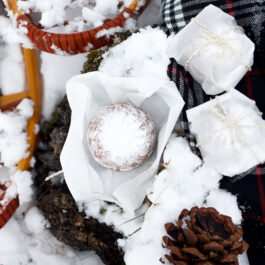
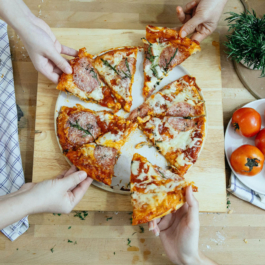
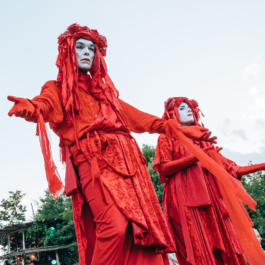
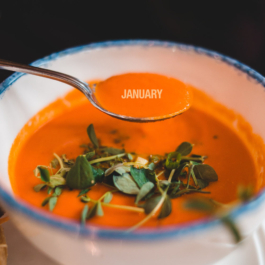
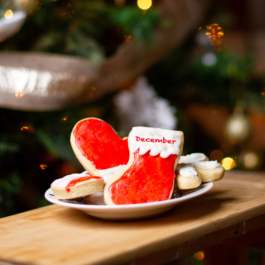
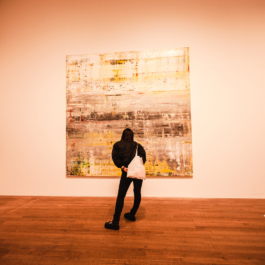


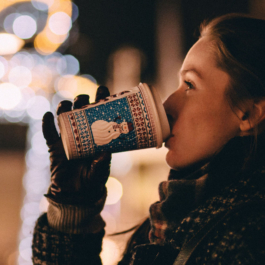
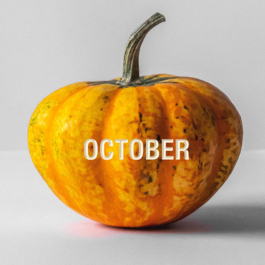
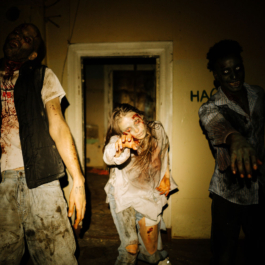
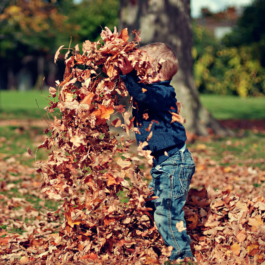
Sorry, the comment form is closed at this time.